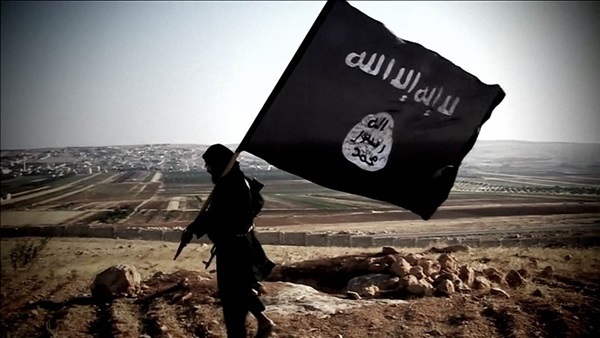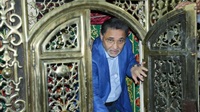Assassinations escalate in Deir Ezzor: Has ISIS returned with force in Syria?

Chaos and assassinations have escalated in the Syrian governorate
of Deir Ezzor near the Iraqi border, in an indication of a resurgence of ISIS
activity following a period of strategic latency, which serves Turkish
President Recep Tayyip Erdogan’s interests in Syria.
The Syrian Observatory for Human Rights monitored the survival
of the head of the Abu Kamal Tribal Council, one of the elders of the Shaitat tribe,
from an assassination attempt that targeted the car he was traveling in by
unknown gunmen in the eastern countryside of Deir Ezzor.
With the incidence of more human losses, the number of
fighters, civilians, oil field workers and officials in service agencies who
were assassinated from June 2018 to the present day rose to 584 people within four
governorates, namely Aleppo, Deir Ezzor, Raqqa and Hasaka, in addition to the
Manbij area in northeastern Aleppo governorate, which is controlled by the
Syrian Democratic Forces (SDF).
The Syrian Observatory monitored armed cells’ assassination
of 207 civilians, including 15 children and 11 women, in the countryside of
Deir Ezzor, Hasakah, Raqqa and Manbij, in addition to the assassination of 373
SDF fighters, including local leaders, in the same areas, while four members
the international coalition were killed. It also counted dozens of wounded as a
result of these assassinations.
The Observatory stated that the death toll from March 24,
2019 to this day has reached 869 dead from the Syrian army forces and militias
loyal to them of both Syrian and non-Syrian nationalities, including at least
two Russians, in addition to 140 militia elements loyal to Iran from non-Syrian
nationalities. All of them were killed during attacks, bombings and ambushes by
ISIS west of the Euphrates and in Deir Ezzor, Raqqa, Homs and As-Suwayda.
On Wednesday, October 21, ISIS assassinated a young civilian
working in the city of Al-Busayra in eastern Deir Ezzor, the most prominent
stronghold of the terrorist organization before the fall of its alleged
caliphate, the Observatory stated, raising the degree of warnings of the return
of ISIS cells in Syria, especially in areas under SDF control, which serves the
interests of Turkey and Erdogan in Syria by targeting the Kurds.
Observers of extremist movements have also warned of a
resurgence of ISIS in Syria in the absence of security and political stability,
as well as the struggle of several local and regional forces in Syria, which
creates a fertile environment for the return of the terrorist organization.
The observers warned that the SDF’s detention centers in
northeastern Syria contain the largest human concentration of ISIS fighters in
the world. This is a terrorist army in the waiting, which requires an
international response to this crisis and the dismantling of any opportunity
for ISIS to reorganize again through the camps.
The United Nations estimates that there are more than 10,000
ISIS fighters in Iraq and Syria as sleeper cells, which constitute a threat to
the efforts of the international coalition and the regional state in
confronting terrorist groups.
Observers expect that ISIS could return in the coming period
to intensify attacks on the oil fields extending between Deir Ezzor and the
city of Al-Sukhna, such as the Hail oil field, in addition to attacking the
third station adjacent to it, as part of its work to deplete the Syrian army
and the SDF in the area extending between the governorates of Homs and Deir
Ezzor, in order to serve Turkey's strategy in Syria.









